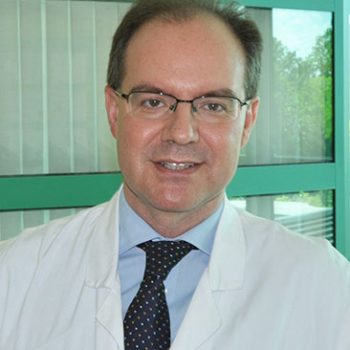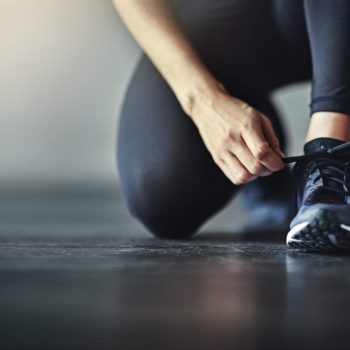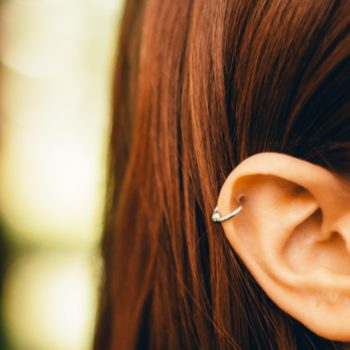Psoriasis is plural. There are various forms of this pathology, which affects about 3% of the Italian population. What are they? We asked Professor Antonio Costanzo, Head of the Operational Unit of Dermatology at Humanitas and Professor at Humanitas University.
Plaque Psoriasis
The most common is plaque psoriasis. The plaques are emphasized, reddish and surmounted by a silvery-white surface: they are an accumulation of dead skin cells. Scales may appear on the scalp, knees and elbows, even in the mouth, and often cause itching.
Reverse Psoriasis
Skin folds – under the armpits, behind the knee, in the groin, under the breasts – are affected by reverse psoriasis. The skin lesions are red and inflamed, not scaly nor emphasized. The initial stimulus may be of an infectious nature, but treating only with antibiotics is not effective. It has to be treated with the same drugs that are used to treat the plaque form,” adds Professor Costanzo.
Guttate Psoriasis
In this case, the lesions take the form of roundish spots of varying sizes, which are often present throughout the body, particularly on the trunk. It tends to occur from childhood and it can be triggered by streptococcal infection. It is the second most common form of psoriasis after plaque psoriasis, but “Plaque form and guttate psoriasis are the forms in which treatments seem to be most effective,” the professor recalls.
Pustular psoriasis
Vesicles are formed on the skin surrounded by redness. The pustules contain a non-infectious, non-infectious pus, formed by white blood cells. Often it affects the hands or feet: one speaks of pustular palmo-plantal psoriasis. Pustular psoriasis is a particularly difficult form to treat because some of the pathogenetic mechanisms of this form are different from those that occur in other forms, i.e. it seems to be another disease, linked to psoriasis but different,” the specialist points out.
Erythrodermal Psoriasis
It is the most severe form of psoriasis and can be considered as an evolution of plaque psoriasis. It is characterized by the presence of skin rashes on a large part of the body, which cause pain and itching and cause the skin to decimate. It is a rather rare condition.
Nail Psoriasis
Nails of the hands and feet may be affected by this form of psoriasis. Nails grow abnormally and become harder, and can also be separated from the nail bed, which is the surface they adhere to. In the most serious cases, they may break. Nail psoriasis, reverse psoriasis and psoriasis of the scalp and intergluteous line are the most associated with psoriasic arthritis”.
The various forms of psoriasis can also coexist with each other: “The most frequently observed combinations – the expert remembers – are plaque psoriasis with reverse psoriasis and plaque psoriasis with palm-plantar palms”. Finally, gender is a relevant factor, but only in some cases: “There does not seem to be prevalence of male or female forms, but what is certain is that the most severe forms of psoriasis are found more frequently among men”, concludes Professor Costanzo.








